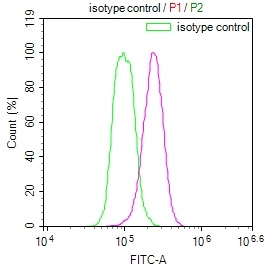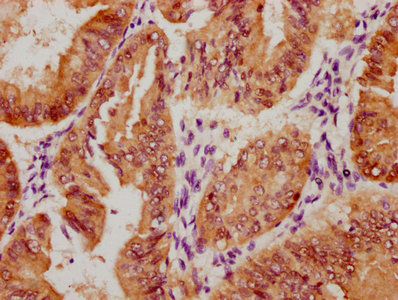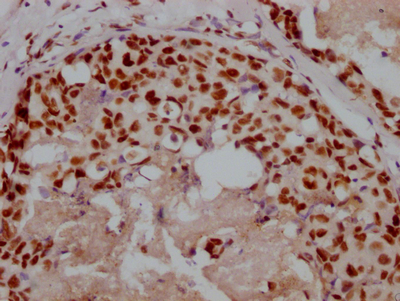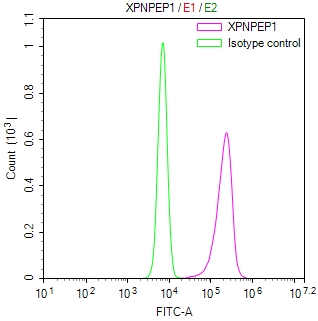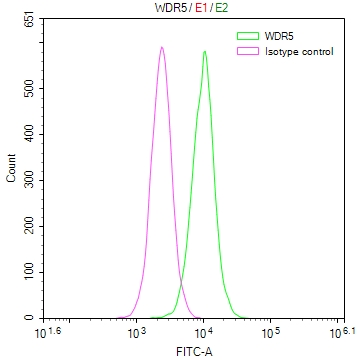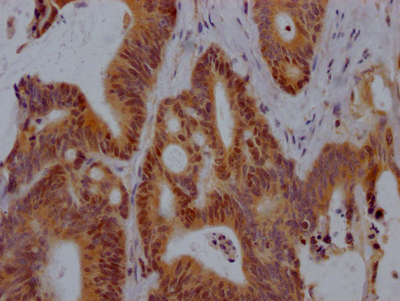-
中文名稱(chēng):Outer capsid glycoprotein VP7兔多克隆抗體, Biotin偶聯(lián)
-
貨號(hào):CSB-PA318053LD01ROH
-
規(guī)格:¥880
-
其他:
產(chǎn)品詳情
-
產(chǎn)品名稱(chēng):Rabbit anti-Rotavirus A N/A Polyclonal antibody
-
Uniprot No.:
-
基因名:N/A
-
別名:antibody; Outer capsid glycoprotein VP7 antibody
-
宿主:Rabbit
-
反應(yīng)種屬:Rotavirus A
-
免疫原:Recombinant Rotavirus A Outer capsid glycoprotein VP7 protein (51-326AA)
-
免疫原種屬:Rotavirus A
-
標(biāo)記方式:Biotin
-
克隆類(lèi)型:Polyclonal
-
抗體亞型:IgG
-
純化方式:>95%, Protein G purified
-
濃度:It differs from different batches. Please contact us to confirm it.
-
保存緩沖液:Preservative: 0.03% Proclin 300
Constituents: 50% Glycerol, 0.01M PBS, PH 7.4 -
產(chǎn)品提供形式:Liquid
-
應(yīng)用范圍:ELISA
-
Protocols:
-
儲(chǔ)存條件:Upon receipt, store at -20°C or -80°C. Avoid repeated freeze.
-
貨期:Basically, we can dispatch the products out in 1-3 working days after receiving your orders. Delivery time maybe differs from different purchasing way or location, please kindly consult your local distributors for specific delivery time.
-
用途:For Research Use Only. Not for use in diagnostic or therapeutic procedures.
相關(guān)產(chǎn)品
靶點(diǎn)詳情
-
功能:Calcium-binding protein that interacts with rotavirus cell receptors once the initial attachment by VP4 has been achieved. Rotavirus attachment and entry into the host cell probably involves multiple sequential contacts between the outer capsid proteins VP4 and VP7, and the cell receptors. Following entry into the host cell, low intracellular or intravesicular Ca(2+) concentration probably causes the calcium-stabilized VP7 trimers to dissociate from the virion. This step is probably necessary for the membrane-disrupting entry step and the release of VP4, which is locked onto the virion by VP7.
-
亞細(xì)胞定位:Virion. Host endoplasmic reticulum lumen.
-
蛋白家族:Rotavirus VP7 family
Most popular with customers
-
YWHAB Recombinant Monoclonal Antibody
Applications: ELISA, WB, IHC, IF, FC
Species Reactivity: Human, Mouse, Rat
-
Phospho-YAP1 (S127) Recombinant Monoclonal Antibody
Applications: ELISA, WB, IHC
Species Reactivity: Human
-
-
-
-
-
-


